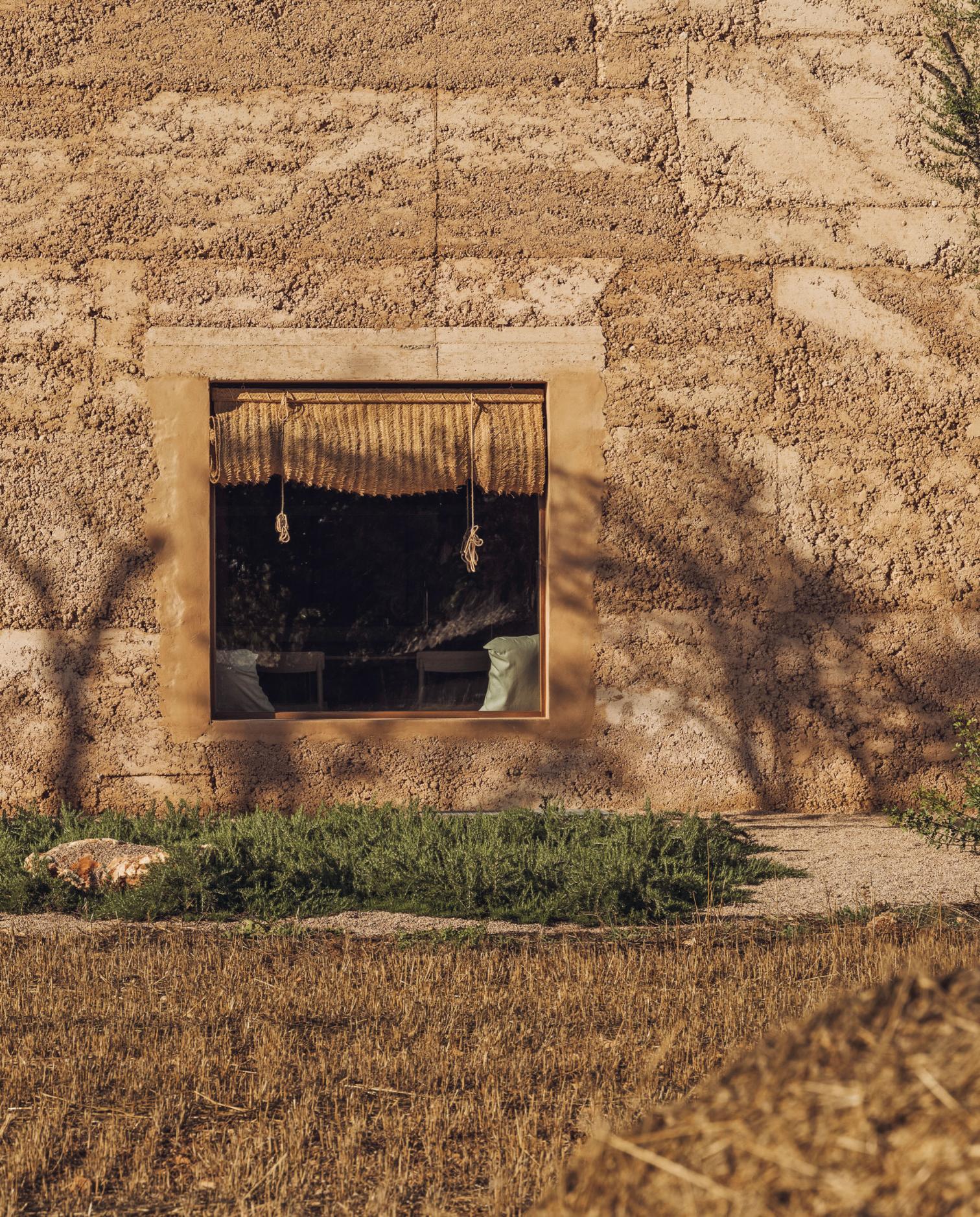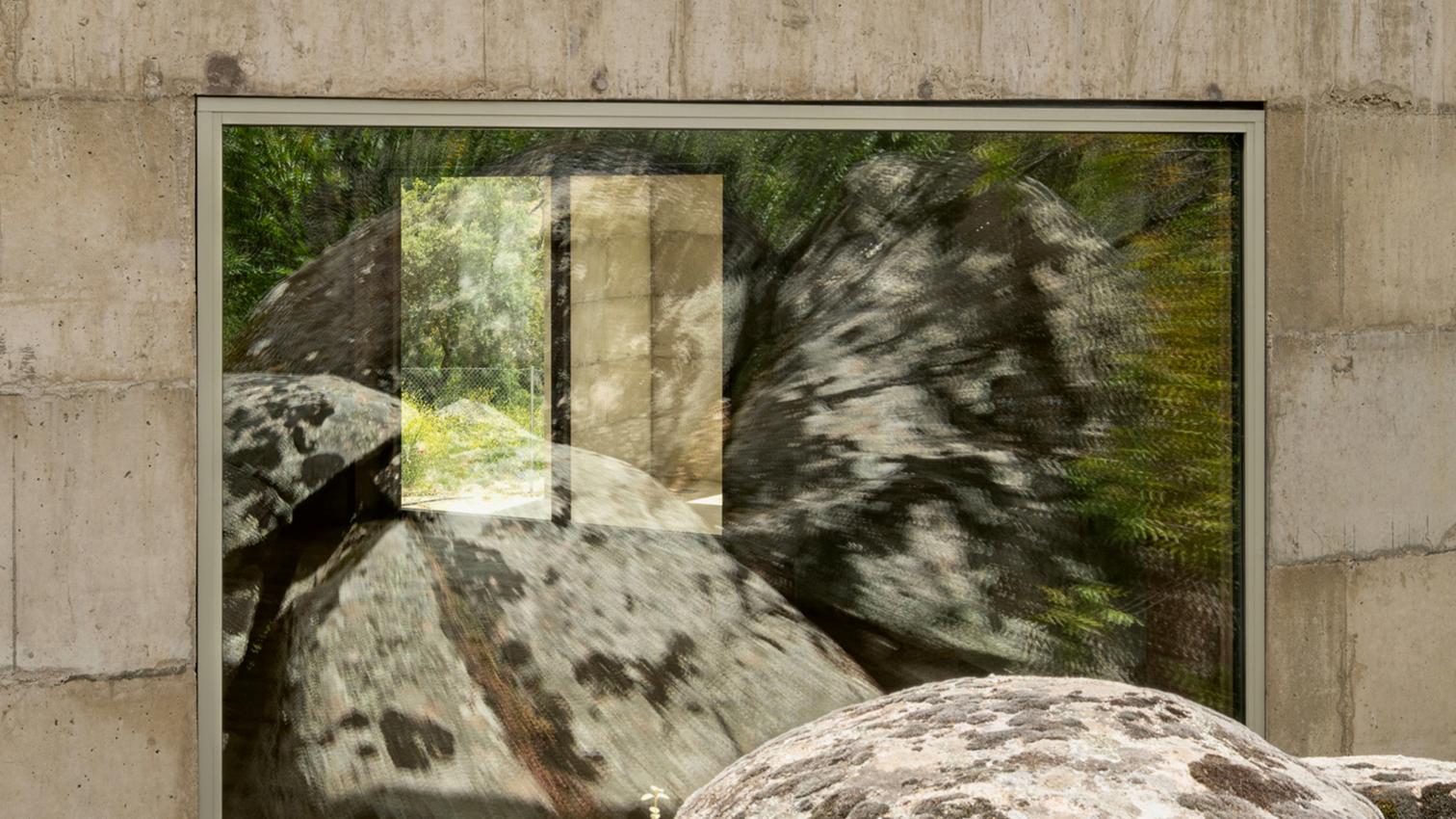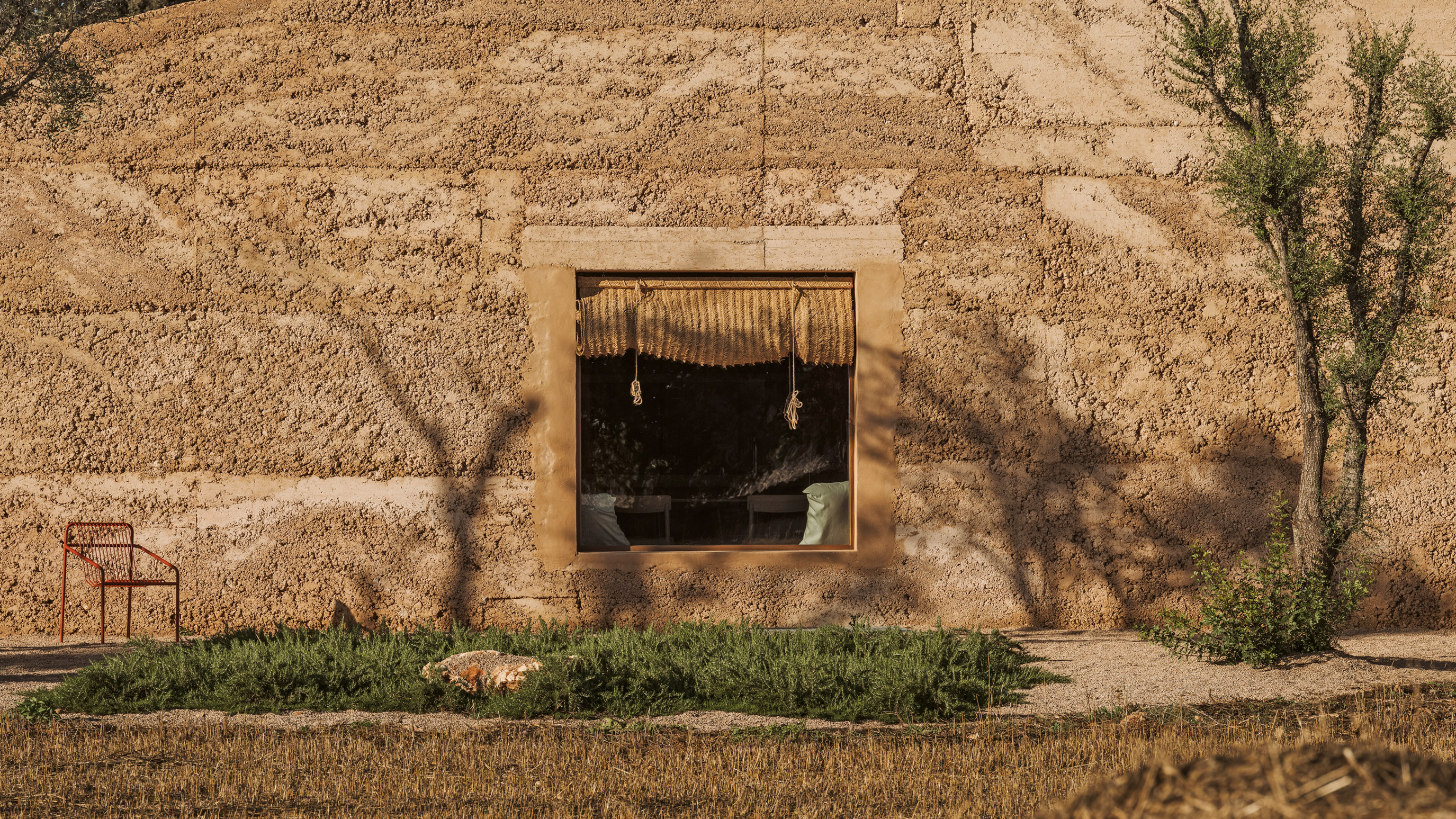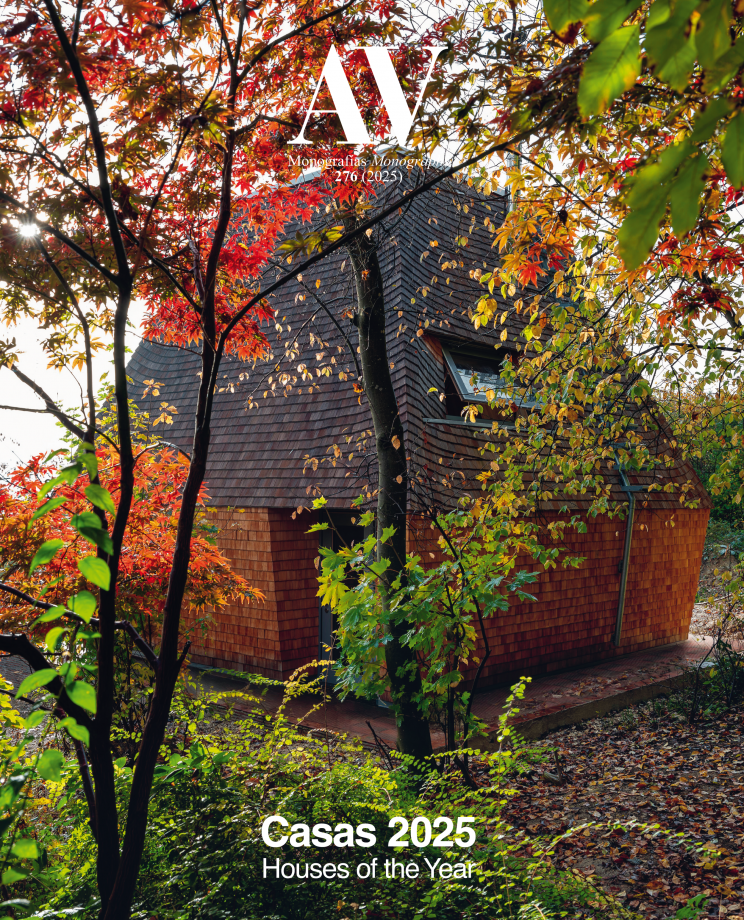Material Experience

Munarq arquitectes, Ca na Pau, Binisalem, Mallorca (Spain)
The house has always been an aesthetic laboratory, where new languages have been tried out, sometimes calling into question their very function, as happens with some icons of modernity. It has also been a social laboratory, ready to adapt to the transformation of family structures, hygiene habits or the manipulation and consumption of food. And it has also been, lastly, a technical laboratory, open to material experiment, to the introduction of mechanisms to improve thermal comfort, and to proposals that optimize the use of resources or energy. From an architectural perspective, the choice of material has an expressive dimension, adapts to the convenience of residents, and decisively affects both the economy of the project and the climatic behavior of the building, not to mention the structural safety or the protection from the environment. It is difficult to initiate a design process without having decided what materials will be used, and in fact that choice, far from limiting the freedom of architects, guides their hand with ease.
The sixteen houses presented here, built on the five continents, used four different materials to show the strong potential of each one of them in artistic, functional, and technical terms. Very different from one another, because they go from the pavilion in the landscape to the dwelling in a tight urban tissue, from the archetypal house to the geometrical cluster, and from the simple shed to the interlocked structure, these 4x4 houses avoid ceramic construction – even though ‘brick’ represents residential architecture in popular culture, in contrast to ‘cement’ associated to engineering infrastructures – and give shape to their forms in four materials: wood, earth, concrete, and metal. A transition from natural to industrial that is probably misleading, because wood today is already a very sophisticated material, and also because the different constructions do not use each of the materials exclusively, but very often combine them in hybrid ensembles that allow ordering the houses in a glissando that goes from wood to metal.
The material chosen suggests form and encourages experiment, stimulating inventive construction, but also allowing to formulate aesthetic affirmations or explore functional alternatives. While a magazine is limited to representing the world through paper architectures, this masthead has made an effort to document the materiality of what is published, going down to the constructive detail to avoid transmitting what is built as mere shapes and colors, pale images that fade in the eye and in memory. More than twenty years ago we published a monograph significantly titled ‘Material Houses’ (Arquitectura Viva 86, 2002), but material culture has always been present on our pages, and no less in many of the conferences organized by those of us who edit them, like the five held in Valencia for Feria Cevisama between 2018 and 2024, under the motto ‘Material Architecture.’ The house is a laboratory, but so are the publications and events that seek to document the physical world we inhabit and that inhabits us.

Bojaus Arquitectura, X House, Valdemorillo, Madrid (Spain)






